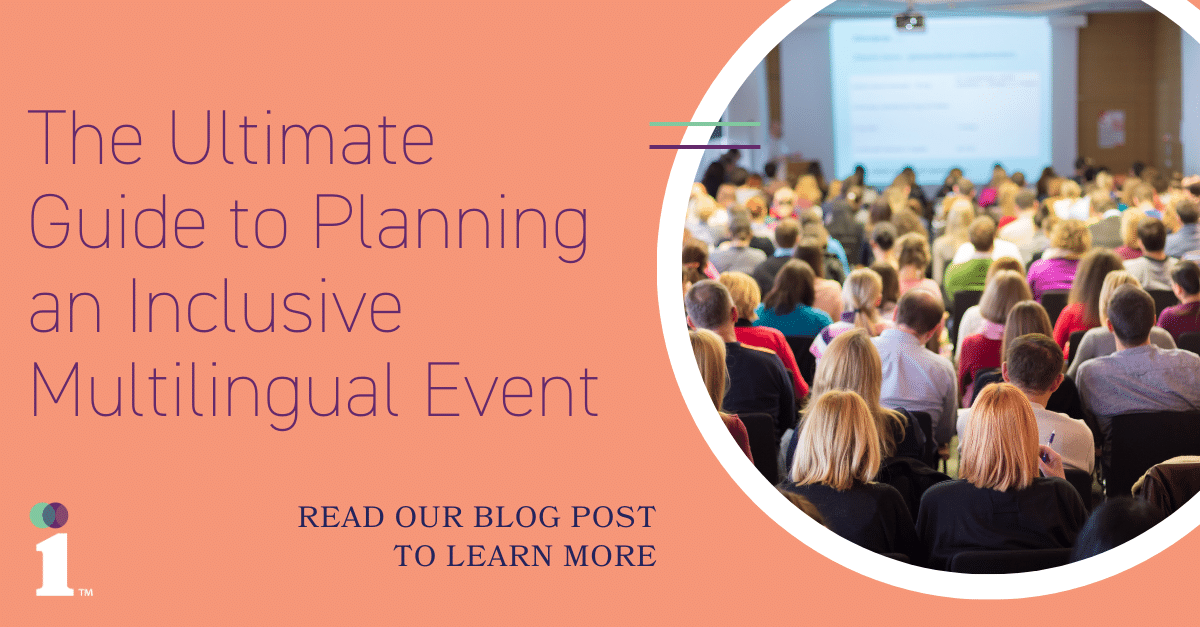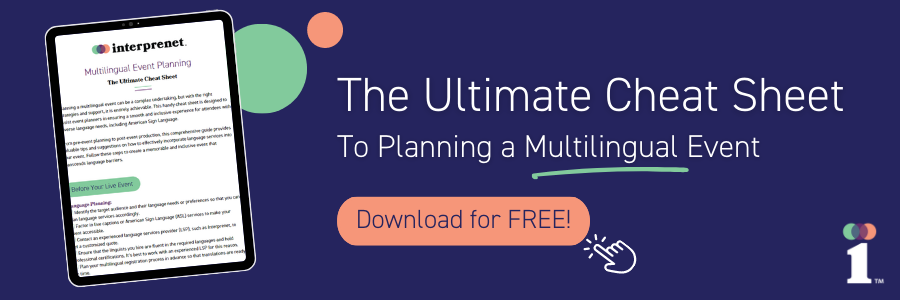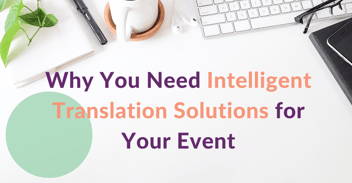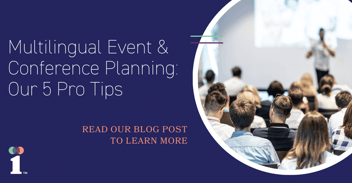
Planning an event for a multilingual audience in a multicultural setting can be quite the task. Ensuring that every attendee feels welcome and included requires careful organization and attention to detail. However, with the help of our comprehensive guide to planning a multilingual event, creating an inclusive event experience can be much easier than anticipated.
Here are some practical tips and strategies to help you organize a successful multilingual event that transcends language barriers and addresses DEI standards:
Before Your Live Event:
The first step towards creating a memorable and inclusive multilingual event is by recognizing the language needs and preferences of your target audience. Here are some essential steps to take when planning your event:
-
Contact an experienced language services provider (LSP) to get a customized quote.
-
Plan your multilingual registration process in advance.
-
Ensure that the linguists you hire are certified professionals who are fluent in the required languages.
-
Consider adding live captions or American Sign Language (ASL) services to make your event accessible to all.
Event Registration & Information:
Once you’ve organized the language services you need, consider simplifying the registration and ticketing process for attendees. Here are a few ways to achieve this:
-
Deliver email invitations and event registration updates in target languages to maximize attendance and responses.
-
Provide multilingual customer support and follow-up through phone, email, or chat in the attendee’s preferred language.
-
Use chatbots that can respond to inquiries in multiple languages, saving time and ensuring efficiency.
-
Promote event sessions by offering promotional materials and event programs in different languages.
During Your Live Event:
The success of your multilingual event also depends on your ability to offer a language-friendly and inclusive experience to the attendees. Here are some tips for maximizing engagement during the actual event:
-
Offer simultaneous interpretation during live sessions to ensure high quality and full comprehension.
-
Include an ASL interpreter to ensure accessibility and meet DEI standards.
-
Display information in multiple languages through signs and menus.
-
Provide multilingual handouts to promote interaction and engagement.
-
Organize networking opportunities and fun language-related games or quizzes to encourage connections between attendees.
Post-Event Production:
Lastly, after your event, you can capitalize on the opportunity to reach a broader audience by converting your recordings and training materials into multiple languages. Here are a few ideas to get you started:
-
Convert audio or video recordings into multilingual transcripts for accessibility and documentation purposes.
-
Make post-event training materials available by translating them into multiple languages.
-
Add multilingual subtitles to video recordings to make them accessible to all.
-
Share event highlights in multiple languages on your website and social media channels.
In conclusion, planning a multilingual event requires a comprehensive approach that encompasses everything from pre-event planning to post-event production. However, with the help of a professional LSP and a comprehensive guide like our Multilingual Event Planning Cheat Sheet, you can create a memorable and inclusive event experience that transcends language barriers.



